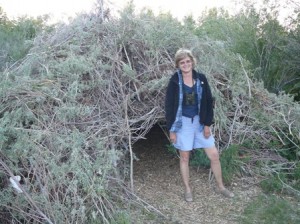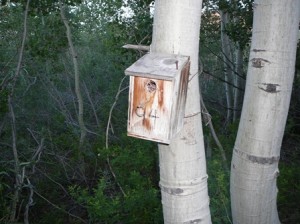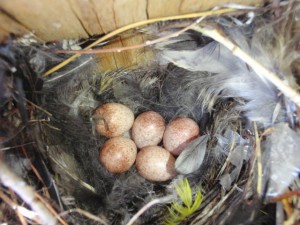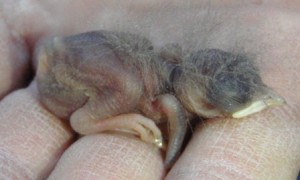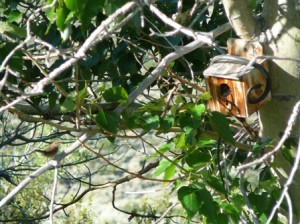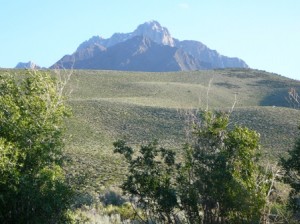This past weekend I went up to the Sierra Nevada Aquatic Research Laboratory to help Dr. Rachel Levin with her study of house wrens.
She has 77 nest boxes that needed to be checked to see what stage in the breeding cycle the birds were in.
Much to her surprise, the birds are breeding for the second time this summer. Many boxes had well developed nests (sticks and soft feathers) eggs or chicks!
The field station is located in Mammoth, CA. It is one of the most spectacular places I have visited. There was still snow on the mountain tops!
Responses -
May I ask a favor of you?
I post on Twitter as @wrenpile, which is an anagram of my name. Your photo of wren eggs in a nest would make a terrific image in my profile there. May I use it, please?
Thanks very much, Lew
By: Lew Perin on December 12, 2014
at 1:55 pm
No problem!
By: nina-karnovsky on December 16, 2014
at 12:03 pm

